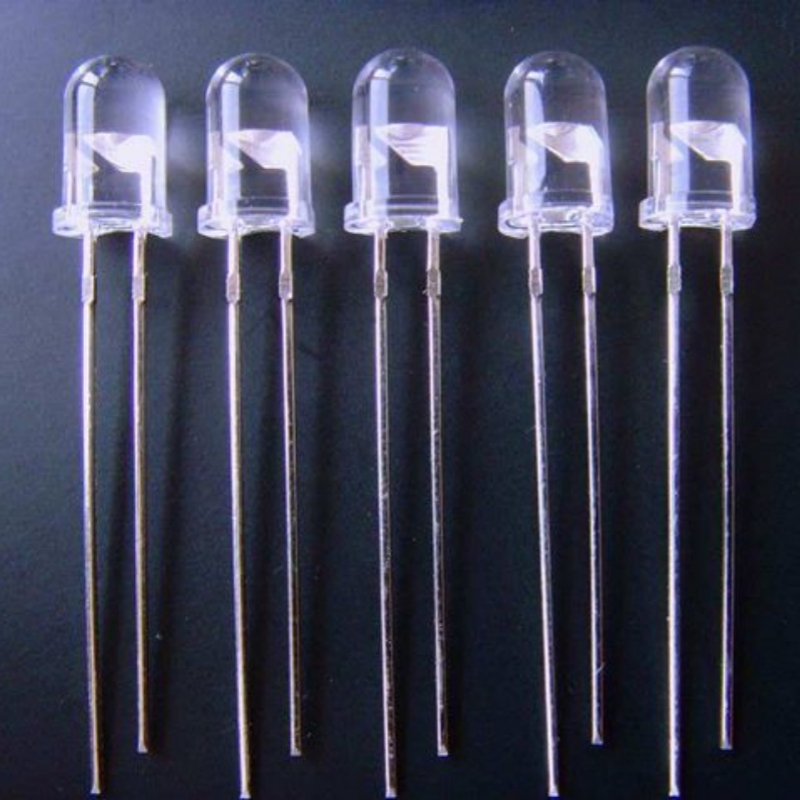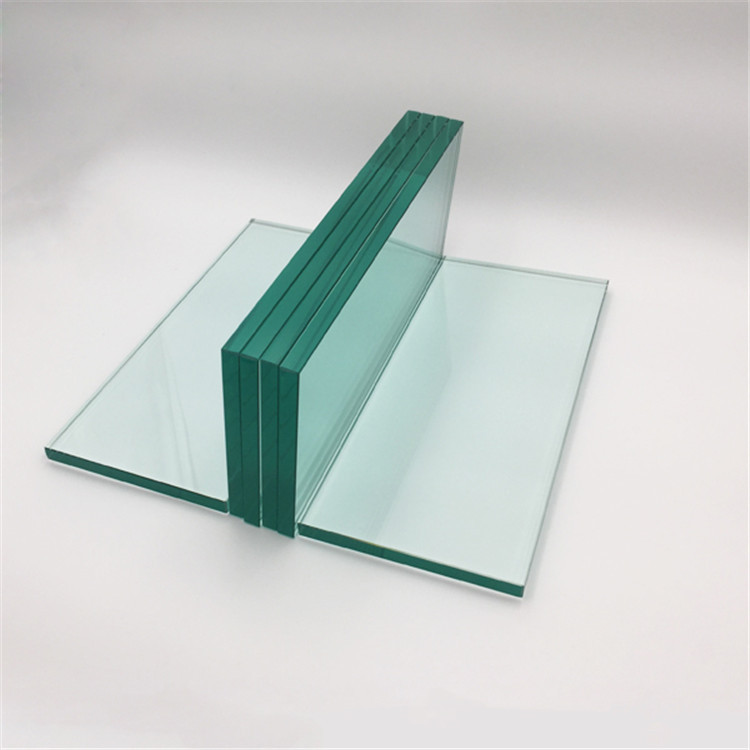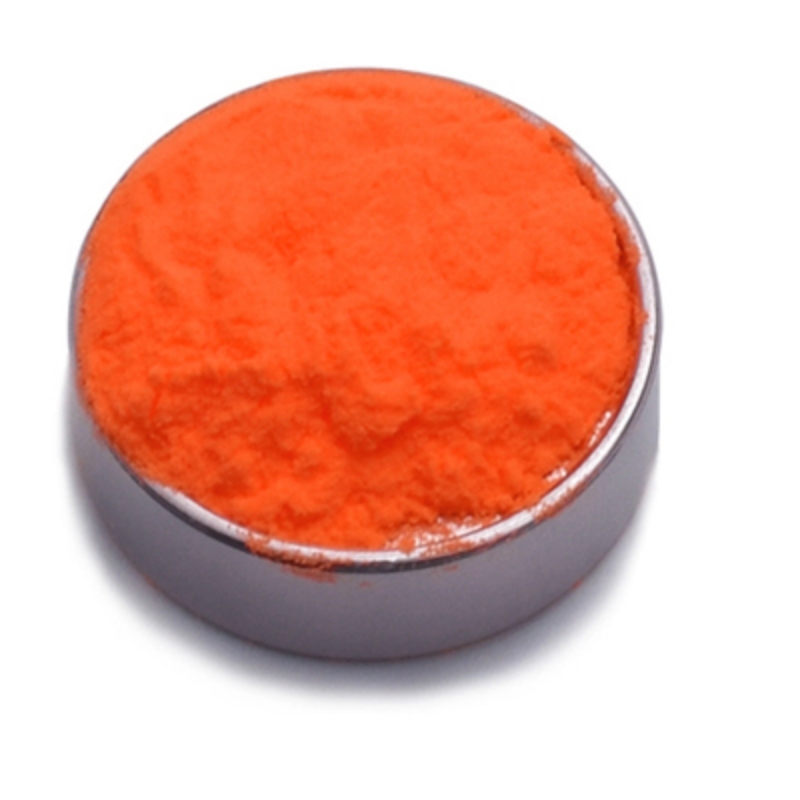Round alumina electric furnace plates offer exceptional thermal stability, optimized heat resistance, and superior mechanical durability. Designed for high-temperature applications, they ensure reliable performance, extended lifespan, and efficient heat distribution.
Product Overview:
The Round Alumina Electric Furnace Plate, also known as the Heating Furnace Ceramic Base, is specifically designed for high-temperature industrial applications. Its unique spiral shape and porous design facilitate uniform heat distribution in extreme temperature environments, optimizing heating efficiency and ensuring long-term equipment stability. The electric furnace plate maintains excellent thermal stability under extreme heat conditions, making it ideal for industries requiring precise temperature control and high-temperature operations.
Product Features:
- Spiral Shape Design:The unique spiral shape not only enhances aesthetics but also promotes the even distribution of heat, ensuring uniform heating across the entire plate surface and optimizing heating efficiency.
- Porous Properties:The multiple small holes arranged on the surface assist in the uniform distribution of heat flow, ensuring balanced temperatures within the equipment and enhancing the heating effect.
- Central Mounting Hole:The small central hole design allows for easy fixation of the electric furnace plate to specific equipment, offering flexibility and stability during installation.
- High Temperature Resistance:The superior thermal stability of alumina (with a maximum operating temperature of up to 1650°C) ensures the furnace plate maintains outstanding durability under continuous high-temperature operation.
- Physical and Chemical Stability:With excellent chemical corrosion resistance and mechanical strength, the alumina ceramic plate ensures long-term use even in harsh environments.
Applications:
- Industrial Heating Equipment:Widely used in industrial heating devices such as heat treatment furnaces, sintering furnaces, and other high-temperature processing equipment for metals, ceramics, and other materials.
- Chemical Processing:Used in chemical processing equipment to maintain reaction temperatures, ensuring the efficiency and safety of chemical processes.
- Material Testing:Commonly employed in materials science research and quality control laboratories for high-temperature material performance testing.
Submit Your RequirementsWe will contact you within 24 hours.
 WOBO Scientific Research New Materials One-Stop Service Platform
WOBO Scientific Research New Materials One-Stop Service Platform











